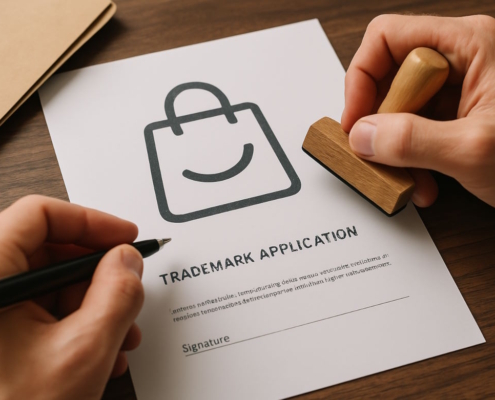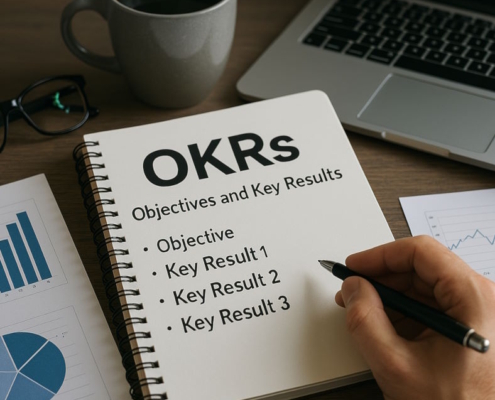How to respond to a notice of PAGA lawsuit?
6 steps to defend a PAGA lawsuit: 1) contact a PAGA lawyer after getting a notice of PAGA claim, 2) collect the arbitration agreement, if any, 3) audit payroll and timekeeping records, 4) compile a list of all employees that were similarly situated, 5) correct PAGA claim violations, 6) collect the employee’s manual.
Author: Brad Nakase, Attorney
Email | Call (888) 600-8654
As of 2023, California employers received an estimated 6000 notice of PAGA lawsuit. The Labor Code Private Attorneys General Act (PAGA) authorizes aggrieved employees to file a PAGA lawsuits against an employer or former employer to recover civil penalties on behalf of themselves, other employees, and the State of California for Labor Code violations. PAGA lawsuit can be filed by an employer’s “aggrieved employees.” For PAGA claim, a worker is an aggrieved employee when they suffered from one of the company’s labor violations. The PAGA law states that an aggrieved employee is any person who was employed by the alleged violator and against whom one or more of the alleged violations was committed. Most PAGA claims concerns misclassifying employees, meal and rest break violations, overtime violations, and wage statements violation. Running a business is hard enough without having to defend a PAGA lawsuit.
How do I respond to a notice of PAGA claim? The steps to take after receiving a notice of PAGA lawsuit is as follows:
-
Contact a PAGA lawyer
Upon receiving a Notice of PAGA claim, an employer should immediately contact an experienced PAGA attorney lawyer. If the company cannot identify a good PAGA lawyer, then it should ask trusted advisors for recommendations, such as the company’s accountant or corporate lawyer. It is recommended that a company find a PAGA attorney that is experienced in wage and hour litigation, and PAGA lawsuits. Since 2006, our law firm has defended employers in countless PAGA claims. Please contact our PAGA lawsuit for a free consultation on PAGA lawsuit.
-
Collect the plaintiff’s arbitration agreement, personnel file, and time records
If a company has put into place an arbitration agreement, then it will be necessary to see if the plaintiff has signed it, and if this prevents the plaintiff from bringing a PAGA claim with a class action. If a binding arbitration agreement is in place, then a motion to compel arbitration will probably be the first motion filed with the court to separate the PAGA claim from the class action.
Also, at some point in the case the employee personnel file will need to be produced, and it should be given a PAGA lawyer as soon as possible to separate the class action from the PAGA lawsuit. The information in the personnel file will record any performance complaints or other potential defenses the company has against the employee’s PAGA claim.
-
Audit Payroll Records and Timekeeping Records
With the help of a PAGA lawyer, the company should review the allegations in the complaint and see if the employee is looking for damages under the PAGA claim. PAGA offers the employer a small period of time (33 days from receipt of the PAGA notice) to “cure” any alleged violations. If the employer cures the issues within the time period, then the plaintiff cannot get penalties under PAGA. A PAGA lawyer defending the employer from a PAGA lawsuit can help identify which items may be cured, as well as the process for using this safe harbor.
Start the internal payroll and timekeeping record as follows:
- Were employees paid overtime? Evidence of paid overtime can be proven with employees’ time sheets and wage statements. The notice of PAGA lawsuit from the plaintiff’s lawyer may have mentioned overtime violations.
- Were employees allowed uninterrupted rest breaks? Evidence of paid and given uninterrupted rest breaks can be proven with employees’ time sheets. The notice of PAGA claim from the plaintiff’s lawyer may have mentioned rest break violations.
- Were employees allowed to get uninterrupted meal breaks? Employees’ time sheets can prove that employees received meal breaks. The notice of PAGA lawsuit from the plaintiff’s lawyer may have mentioned meal break violations.
- Did the company round up or down the employee’s work time? The notice of PAGA claim from the plaintiff’s lawyer may have mentioned rounding time violations.
If the employee wins the PAGA claim, the court will order the employer to pay civil penalties of up to $100 for an initial violation and up to $200 for each successive violation.
-
Compile a list of all employees similar as the plaintiff’s positions during last four years.
The statute of limitations for a PAGA claim is generally 1 year from the date of the last labor violation on which the claim is based. Although a PAGA lawsuit is limited to one year, the statute of limitations for the majority of wage and hour class actions in California is four years from the date the complaint is filed. Thus, the employees who have worked in similar positions as the plaintiff with the PAGA claim will probably be the group of employees the plaintiff is hoping to represent in the class action. It is important that an employer identify how many employees this includes. If there are too few employees in this group, then this may qualify as a defense to class certification.
-
Correct the PAGA claim violations
California Labor Code allows employers to correct two types of wage statement violations for PAGA claim: (1) failure to include either the start or end date of the pay period (Cal. Lab. Code § 226(a)(6)); and (2) failure to provide the employer’s name and address (§ 226(a)(8)). Therefore, if wage statements are missing start and end date, or employer’s name and address, an employer should correct that violation as earliest as possible. Employers should talk to a PAGA attorney about making the correction to all wage statements going back three years from the date of the notice of PAGA lawsuit. (Cal. Lab. Code § 2699(d)) Employers that received a notice of PAGA claim concerning wage statement violation should review with a PAGA lawyer the nine requirements listed in Labor Code 226(a).
-
Collect employee handbooks and policies that were in effect during the last four years.
Upon getting a notice of PAGA lawsuit, an employer should collect all employee handbooks, revisions, and edits. The employee handbook can help fight a PAGA lawsuit through policies the company had in place at the time and whether the policies were in compliance with the Labor Code. It will be necessary for the company’s PAGA lawyer to review the handbooks and company policies to determine if the plaintiff’s PAGA claim is frivolous.
Have a quick question? We answered nearly 2000 FAQs.
See all blogs: Business | Corporate | Employment Law
Most recent blogs:
Contact our attorney.































